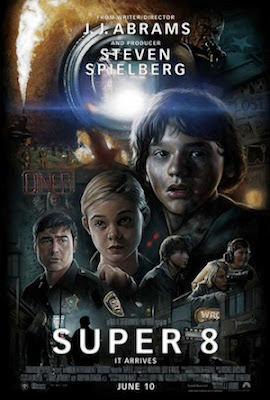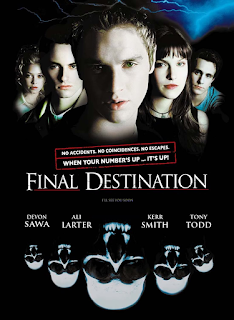Breathless
Introduction
The blogpost this week for us is to find out the French New
Wave elements that could be found in the movie Breathless, which is a French
film written and directed by Jean-Luc Godard in year 1960. By that, the goal of
this post for me is to study about this movie, watch it, and get to know about
what theory is used in it which showed the semantic and syntactic approach to
genres for the film. Along my study of this film, by accomplishing my goal, I
would also have an attempt to determine the French New Wave elements that would
be found in film by stating it out in the analysis section of my post.
Theory Discussion
Talking about genre, it come with semantic and syntactic, in
which the semantic is basically things or parts that are expected in the genre
of a film, while in which the syntactic is the ideology of the certain genre.
To separate semantic and syntactic views accurately, we can easily
differentiate between the generic definition of both. Basically, semantics
contain areas such as the setting of location, character, also the props or
materials that need to be use in the film. These are the things what usually
give the film their generic genre traits, for example the genre’s common
traits, scenes’ attitudes, ways of shooting, specific locations, commonly used
sets and so on. According to Rick Altman (1984), he stated that, while the
semantic approach has little explanatory power, it is applicable to a larger
number of films. Conversely, the syntactic approach surrenders broad
applicability in return for the ability to isolate a genre's specific
meaning-bearing structures. For instance, semantic approach stresses the
building blocks of one genre, while when syntactic approach might focus more on
arranging the structures.
As for the evolutionary part that we have discussed in
class, I guess every genre also need to know where and how each genre should be
at and stay, but production teams must have extremely creative ideas even if
they are making the same genre kind of movies again and again to attract and
lock the audiences. No matter how time changes, the genre will only increase
but not decrease and the ideas must be keep being innovative and unique unless
films these days will have no improvement at all. There are always universal
traits for each genre to be passed down generations by generations because they
are to keep the origin and meaning of each genre.
Synopsis
This story is about a guy who is given the name Michel
Poiccard who always do whatever he wants. He models Humphrey Bogart’s
characters in the movies as daily basis, behaviours included stealing stuffs,
cheating, using woman and others. Due to his criminal activities, he works
under aliases. One day while he is being chased by policemen in the French
countryside while he is driving a stolen vehicle, he eventually shoots one of
the policemen dead. Having only dated casually over the last month, Patricia is
unaware of Michel's criminal activities. She is concurrently dating another
American journalist. Michel, who is trying to get money owed to him from some
of his associates, wants Patricia to run off with him to Rome, all the while
seemingly cavaliers about the fact that his name and photograph are in the
local media as a cop killer. When Patricia eventually learns about Michel being
wanted by the police, she must decide where her allegiances lie.
Analysis
French New Wave, as known as French Nouvelle Vague is a film
movement that took place in the history of cinema started in 1959 and then
ended in 1969 which mainly is literary adaptation such as fiction tales, or
stories published in books for instance like Twilights. In 1950s, it often
comes out in reality shows or documentaries. This movement adapted montage
aesthetic in the way of editing like continuity editing.
For acting part, both the main lead actors in this film are
first time acting thus they are not consider professional yet in this film.
Secondly, most of the dialogue in the film is improvised dialogue which means
that basically it is reflecting the conversation that we are having in rea
life, making the film more realistic and near us. I also found romance part at
the scene where the actor said, “you got me at ‘hello’”, which is also known as
stage conversation that we do not use in real life conversation.
For aesthetic part, this movie is being really obvious about
its jump cuts like really a lot. For example, the part where male lead complimenting
female lead on the car, the jump cuts are being used from line to line and it
brings uncomfortable in vision for the audience to watch at the parts as it doesn’t
match perfectly from scene to scene. The location for this film is a lot too
and basically the whole thing is known as location shooting too. They also used
some lighting technique like using available light to shoot such as scenes in
the cinema, in the toilet, and while they are in the lift too. Handheld camera
is being used in the film too for instance is the scene where they walk along
the street together and the angle is right in front of them. The handheld part
is kind of shaky as it is not stable. Also, tracking shot happens in film at
the scene where the actor carries newspaper and leave the telephone booth.
Conclusion
I kind of not really fully understand the whole movie as I think
I only get to know some parts what this film is trying to say. Overall I think
this movie is not bad as I get to learn a lot of techniques and movements
throughout this film.
http://www.imdb.com/title/tt0053472/combined
http://www.rogerebert.com/reviews/great-movie-breathless-1960






Comments
Post a Comment